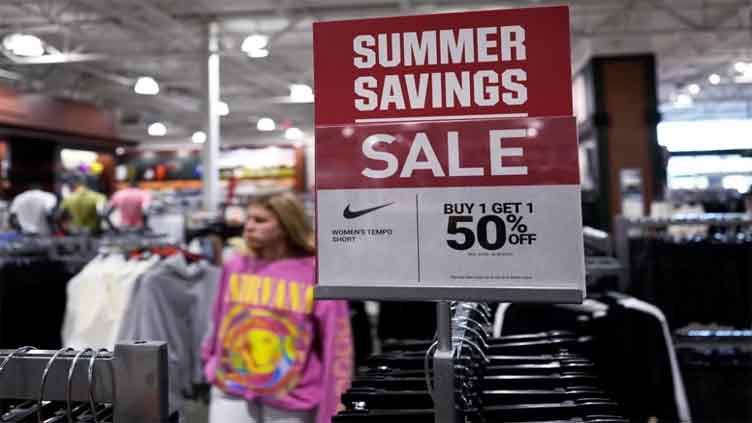US inflation may have eased in May, but underlying price measures likely remained high

Business
Higher rents and used car prices will account for about three-quarters of the increase
WASHINGTON (AP) — Consumer price increases in the United States likely slowed sharply last month, extending a steady easing of inflation over the past year. But a gauge of underlying prices may still reflect persistent inflation pressures.
Prices are forecast to have risen 4.2 per cent in May from a year earlier, well below the 4.9pc year-over-year increase in April, according to a survey of economists by the data provider FactSet. And measured from April to May, prices are expected to have increased only 0.1pc, compared with the previous month’s 0.4pc increase.
Yet any slowdown in inflation is unlikely to convince the Federal Reserve’s policymakers that they’re close to curbing the high inflation that has gripped the nation for two years. The Fed tends to focus on “core” prices, which exclude volatile food and energy costs and generally provide a clearer view of inflation. And the data that the government will release Tuesday will likely show much less improvement in core prices.
Instead, core prices are expected to have risen by an uncomfortably high 0.4pc from April to May — the sixth straight month of increases of that pace or higher. Measured year over year, though, core inflation is forecast to have slowed from 5.5pc to 5.3pc.
The stubbornness of underlying inflation reflects a fundamental challenge for the Fed: The economy has steadily defied long-standing forecasts for a recession, dating back more than a year. Instead, businesses have kept hiring at a healthy pace, average paychecks are climbing and workers are freely spending their larger wages.
Though a resilient economy is great for households and businesses, it may also be helping fuel chronically high inflation. Some economists argue that companies are keeping prices high to maintain larger profit margins. The nation’s consumers might have to pull back, en masse, before most businesses will reduce prices. In the meantime, steadily robust hiring is allowing Americans, as a whole, to keep spending.
Tuesday’s inflation figures will arrive just as Fed officials begin a pivotal two-day meeting, after which they are expected to leave interest rates alone after 10 straight hikes dating back to March 2022. On Wednesday, the central bank will likely announce that it’s skipping a rate increase but perhaps also hint that it will resume raising its key rate as soon as July.
Top Fed officials have said they’re leaning toward a so-called “skip” because they want to take time to assess how their rapid rate hikes have affected inflation and the overall economy. The Fed has raised its benchmark rate by a hefty 5 percentage points over the past 15 months — the fastest pace of rate increases in four decades.
Those hikes have led to much higher costs for mortgages, auto loans, credit cards and business borrowing. The Fed’s goal is to slow borrowing and spending, cool the economy and tame inflation — without causing a deep recession. It’s a notoriously difficult task.
There are some signs that the Fed’s efforts are having the desired effect. Inflation is expected to take another big step down in the June figures that will be reported next month. Price growth could slide as low as 3.2pc from a year earlier, according to some economists’ estimates. That would be significantly below inflation’s peak of 9.1pc in June 2022, the highest level in four decades.
Yet any sharp declines in May and June will in part reflect the fact that prices soared in both those months last year. As those months drop out of the year-over-year inflation calculations, they are replaced with smaller monthly gains. The effect can sharply lower measures of annual inflation.
Still, core prices are expected to stay high in May, driven up by another jump in used car prices and steady increases in rental costs. Used car prices soared 4.4pc just from March to April. Economists expect another increase, though not quite as large, from April to May.
Alan Detmeister, an economist at UBS, projects that higher rents and used car prices will account for about three-quarters of the May increase in core inflation. Yet he thinks both items will likely decline in the coming months. Wholesale prices of used cars have already started dropping. And rental costs are expected to fall because apartment vacancy rates have climbed.
“Inflation is becoming narrower,” Detmeister said. “As those used car numbers come off, as those rents come off, that will be a big driver of inflation coming down.”


